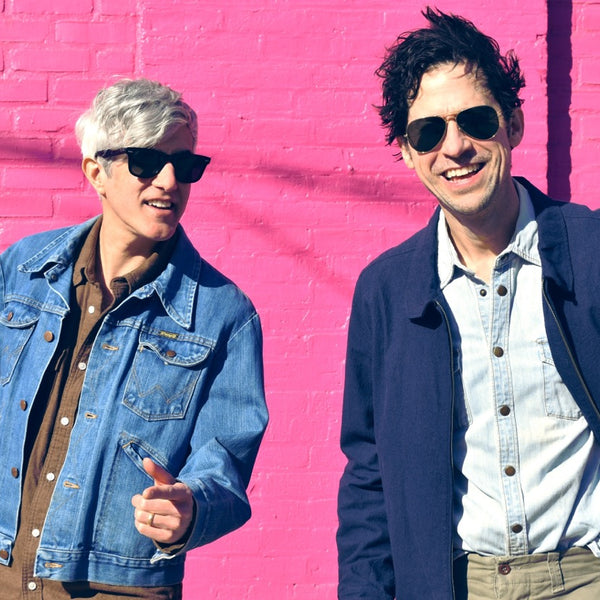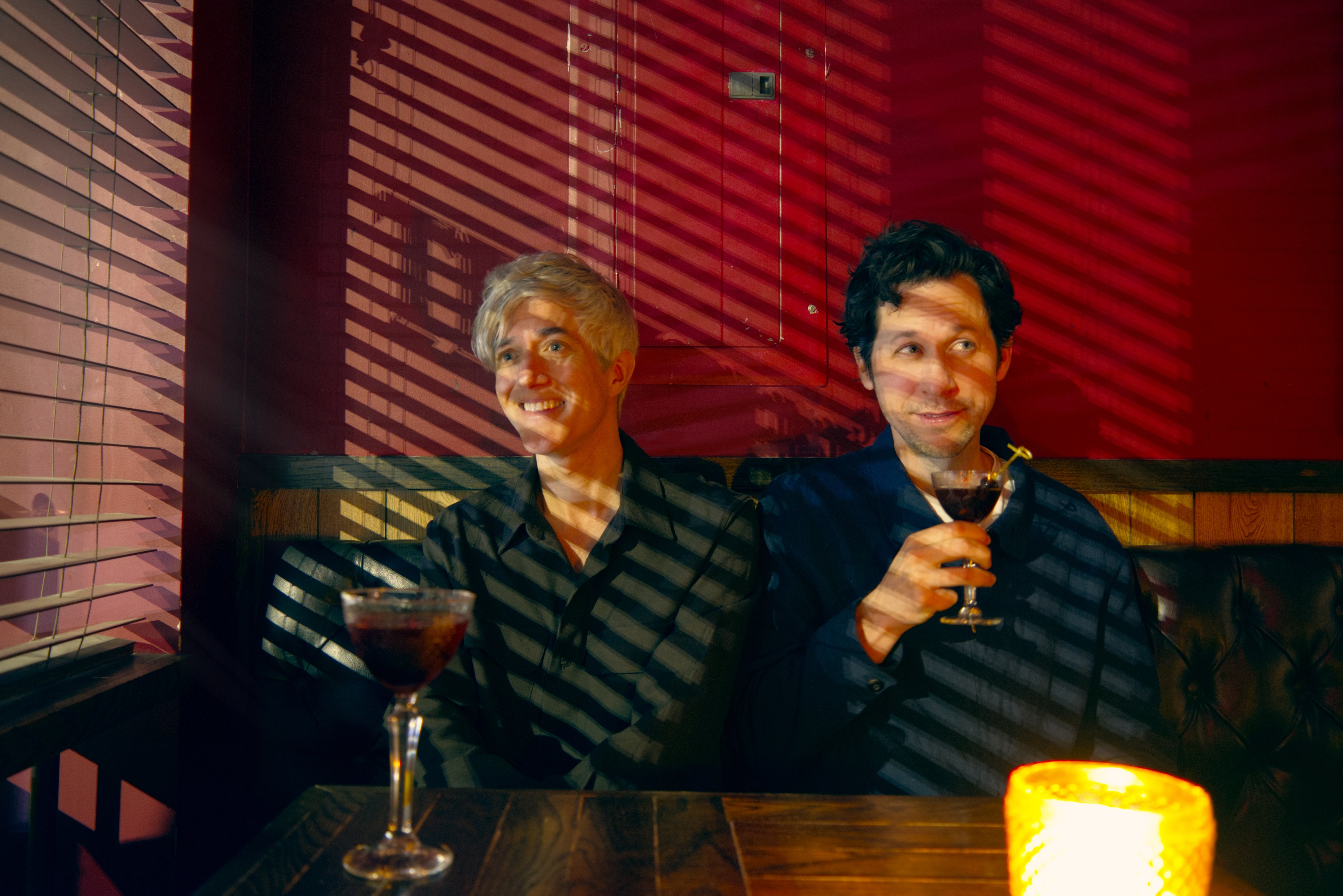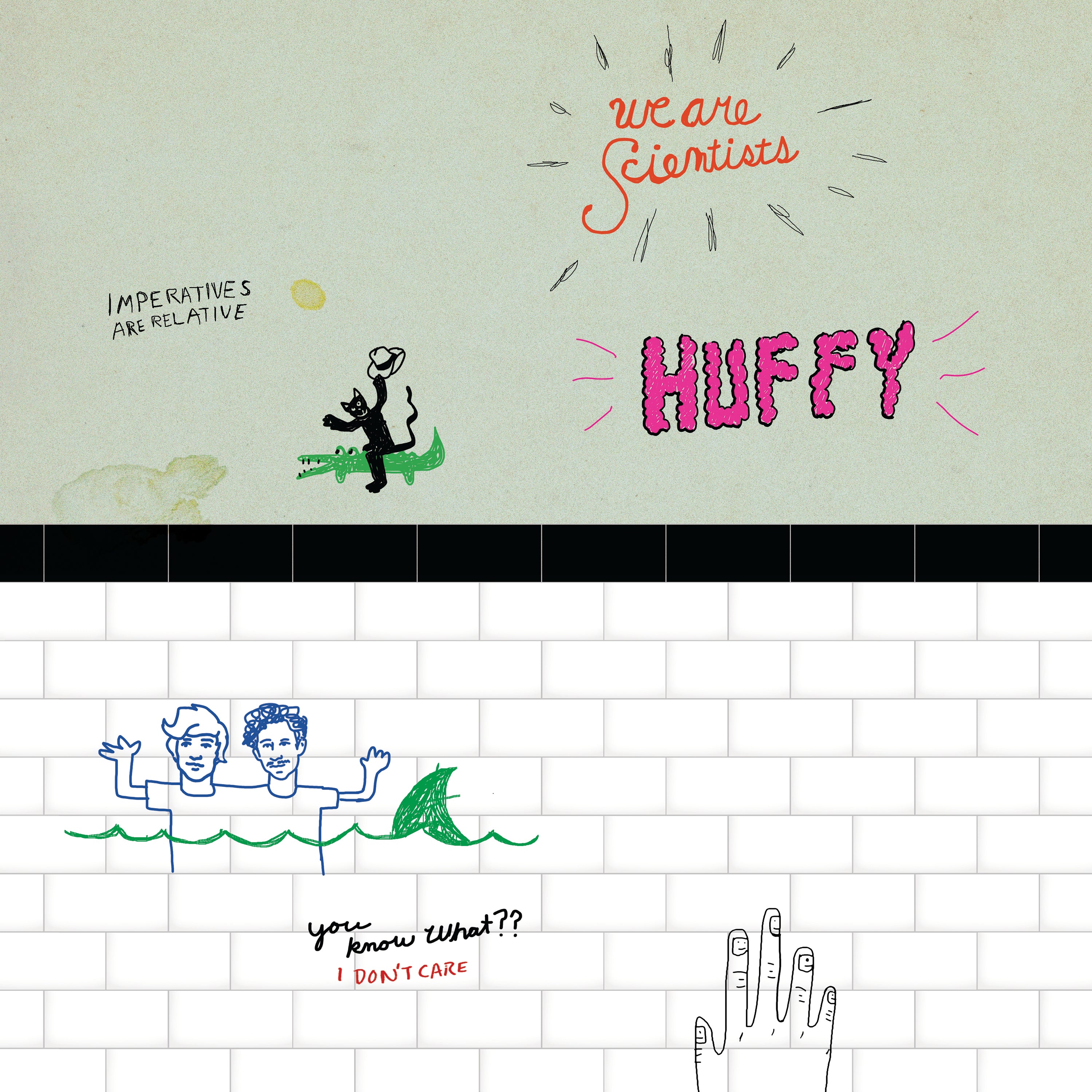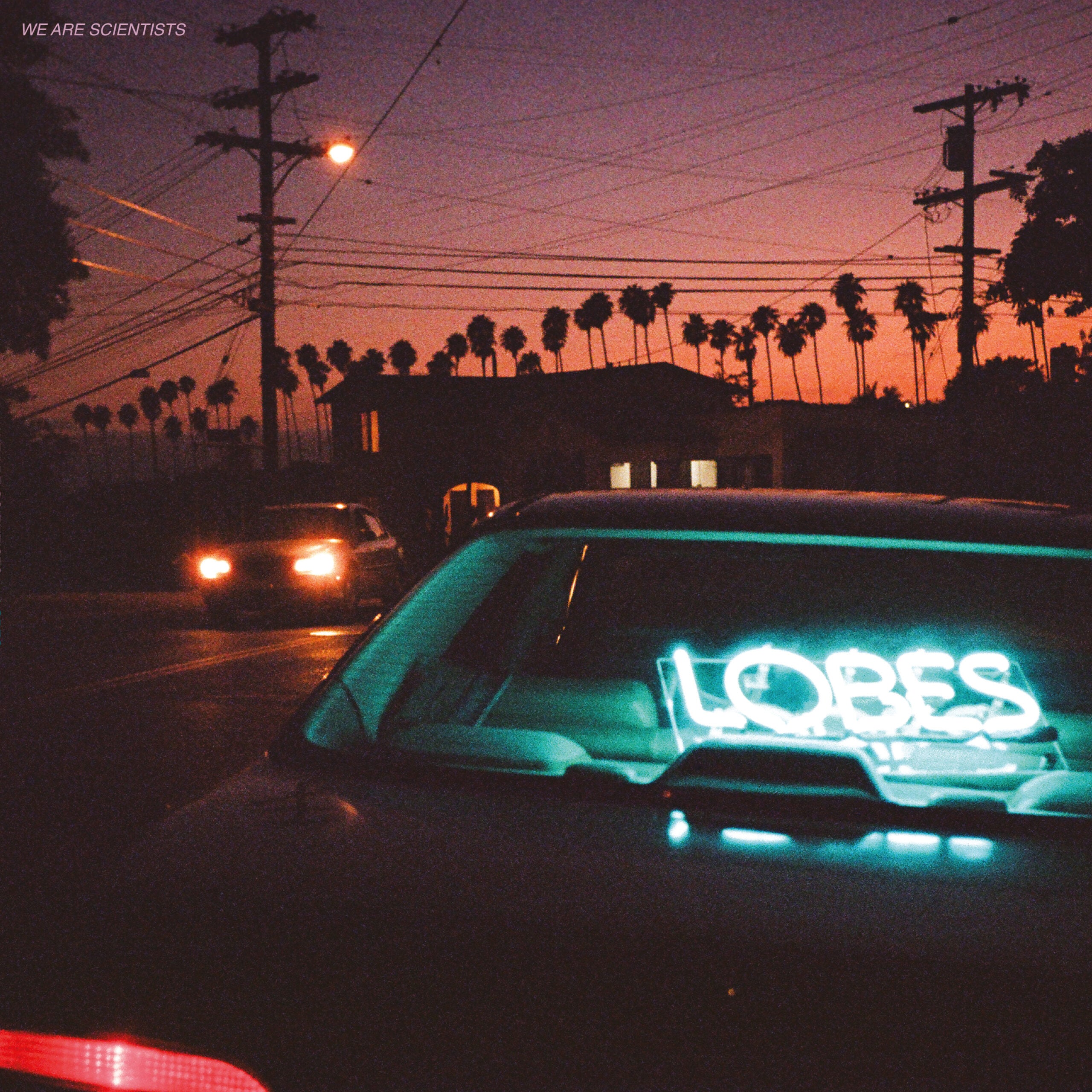
WEBSITE
We Are Scientists
In an industry where bands routinely burst onto the scene with meteoric intensity only to fade just as quickly, We Are Scientists have quietly crafted one of alternative rock's most remarkable sustained careers. For over two decades, the New York-based outfit — comprising founding members Keith Murray and Chris Cain — has consistently delivered sharp, infectious indie rock, maintaining the rare ability to evolve without losing their essential DNA. Now, with their ninth studio album, Qualifying Miles, arriving July 18th, the band continues to defy expectations, this time by looking back even as they push forward.
Origins: From U-Haul to Underground Sensation
The band's origin story has become the stuff of indie rock legend. Murray and Cain met in 1997 while attending Pomona College in Claremont, California, bonding over a shared love of comedy, film, and music, after meeting at a Dawson's Creek viewing party. After graduation, they formed We Are Scientists in Berkeley in 1999, taking their name from the gentle barbs of a U-Haul inspector who, after assessing their appearance, asked whether they were scientists.
The two friends relocated to Brooklyn in 2001, enticed by free housing at Keith’s grandfather’s Bensonhurst duplex, and whispers of a burgeoning indie scene. After three years of uninterrupted dues-paying, a sapling We Are Scientists were put in the room with a producer at the time nearly as green as they. Ariel Rechsthaid (Vampire Weekend, Charli XCX, Usher) recorded their debut album, With Love and Squalor, in 2004, and then W.A.S. was signed to Virgin Records. The album dropped in 2005 (UK) and 2006 (US), and catapulted the band to international acclaim. Singles like "Nobody Move, Nobody Get Hurt," "The Great Escape," and "It's a Hit" captured the zeitgeist of the post-punk revival scene while establishing We Are Scientists' signature sound: taut, danceable rock with razor-sharp hooks, and thoughtful, witty lyrics rendered in Murray's unmistakeable vocal. The album sold over 100,000 copies in its first six months in the UK alone, certifying the record’s gold status and establishing We Are Scientists as legitimate players in the dance rock scene. Appearances the likes of Late Night With Conan O’Brien, The Late Show with David Letterman and Later… with Jools Holland followed.
We Are Scientists returned in 2008 with their second EMI release, Brain Thrust Mastery. Propelled by the single “After Hours,” which reached #11 on the UK charts, the album further elevated the band’s profile, landing them main-stage slots at some of the world’s biggest festivals, including Reading & Leeds, Glastonbury, and Coachella, and tours with legendary acts such as R.E.M., Pixies, Arctic Monkeys, Kings of Leon, Au Revoir Simone, Art Brut, Metric, and Wolf Parade. “U2 supported us once at a show in London,” Keith notes. “But they were surprise guests, so maybe it didn’t really count.
Next: Then What?
After parting ways with EMI, Murray & Cain embraced independence with 2010’s Barbara, released through several distributors via their own Masterswan Recordings, and featuring the drumming of British icon Andy Burrows (Razorlight). The album’s success fueled nearly two straight years of touring that saw them perform for the first time in countries like Russia, Thailand, Indonesia, and Colombia, significantly expanding a global fanbase.
The 2010s saw We Are Scientists solidify their status as indie rock mainstays while continuing to experiment. TV en Français (2014), produced by Chris Coady, was followed by Helter Seltzer (2016) and Megaplex (2018), each showcasing different facets of the band's sound while retaining a core identity. By this time, Keith Carne had joined W.A.S. as their regular touring and studio drummer, completing the lineup that continues today.
Beyond the Music: Comedy and Connection
Anyone who's attended a We Are Scientists show knows that the music is only part of the experience. Murray and Cain have distinguished themselves through sharp, improvisational comedy during performances — never rehearsed, always genuine. “With apologies to professionals everywhere, the thought of rehearsing or reusing stage banter makes me cringe," Murray has said.
This sensibility extends to their music videos (many self-directed); their 2009 MTV series Steve Wants His Money; a pandemic-era, music-and-desperation-themed podcast called Dumpster Dive; and their communications with fans, nowadays focused through their Substack Slow Descent Into Radness.
But What About…?
The band’s creativity continued to flourish through the self-produced albums Huffy (2021) and Lobes (2023), records beloved by fans and critics alike for their ambitious experimentation with studio production and expanded sonic palettes. Keith describes this studio-centered approach fondly: “We’ve generally been more interested in making the recorded versions of our songs their own individual pieces of art rather than a simple reflection of how they’d sound live. Those two records are my favorite in our discography. Until now.”
In time for the 20th anniversary of their seminal debut, We Are Scientists will release their ninth studio album, Qualifying Miles, on July 18th. This record finds the band revisiting childhood roots, embracing the raw immediacy of guitar-driven indie rock they were weaned on. “Every producer we’ve ever met has pitched us a ‘band-in-a-room’ recording approach,” Keith explains. “We always found that uninspired. But this group of songs really seemed to call for exactly that kind of stripped-down energy.”
The band didn’t initially plan for thematic unity on Qualifying Miles, but found it anyway. “We chose these songs primarily because they had a certain 90s guitar-rock sensibility,” Keith notes. “But once we started working through them, I realized a lot of the lyrics kept circling back to nostalgia, loss, and the bittersweet ache of the past.” Tracks such as “Dead Letters,” “Don’t Change,” and “What You Want Is Gone” dwell in this melancholic range. Says Murray, “I’m not sure why so many of these particular songs found me looking at the past, dissecting this achy sense that when things are in the past, they’re gone and can’t be regained — that old ‘you can’t go home again’ chestnut, I guess. Maybe it’s because we’re celebrating the 20th anniversary of our debut album this year? Maybe it’s because of the friends we’ve recently lost, or the health issues that people we know and love have faced? Or maybe I was maybe just overdue for a little self-reflection?” Last year, W.A.S. reissued Brain Thrust Mastery, which had Keith revisiting old correspondence with forgotten friends and collaborators. “It was wild to remember people who were part of my day-to-day life back then, people I haven’t even thought about in years,” says Keith, describing the germ of “Dead Letters.” “They’re just lost to me, and it’s crazy to think about how little I know of any of these people‘s lives anymore and how little they know of mine.”
His introspection into this album’s formula continues: “As has been the case with us for the past few records, the songwriting process involved a couple of years of just cranking out as many songs as possible, just pumping out tunes without over-analyzing them or putting too much pressure on them in the moment; not caring whether or not they would actually be used or ever see the life day with the public. It’s just a very free and fun way to write music. There was a stretch early in our career where it felt like every song we even thought of was do-or-die for us, and that sometimes took the pleasure out of songwriting. So, now we just write all the time and have a blast, writing shitloads of songs just for one another. Once a big pool of new songs is comfortably amassed, we go back and see which ones shine through and which group creates a unified collection.”
Lead single “Please Don’t Say It,” arriving April 11th, jumped out from the start. “Chris heard it and immediately declared, ‘That’s a single,’” Keith recalls. “It gave us a reason to see what else we had on hand. It’s a little bit like sculpting—you step back from this huge mass of songs and chip away until you see the album taking shape.”
Twenty years after their breakthrough, Murray and Cain continue to approach their craft with the same blend of intelligence, wit, and musical adventurousness that put them on the musical map. As they wrote to fans at the close of last year: "Although we aren't getting any younger, but are rather simply staying the same age, we plan to keep this entertainment company afloat for a long time yet.” With Qualifying Miles and a busy 2025 touring schedule, there’s much more to come from We Are Scientists — drawing thoughtfully from their past while charting a course for musical territory they’ve yet to explore.









